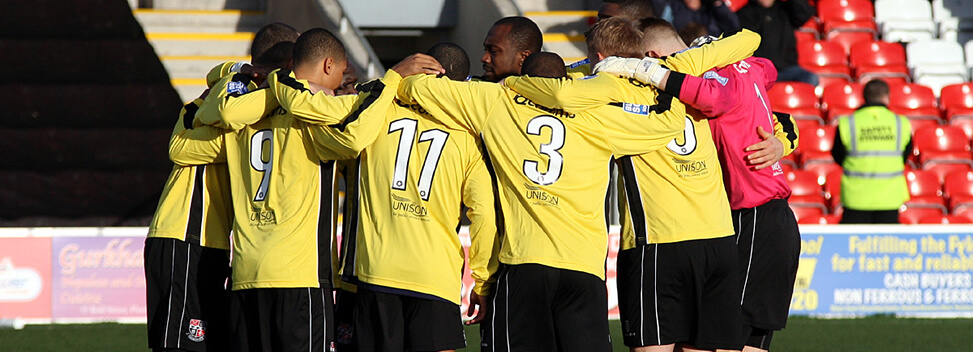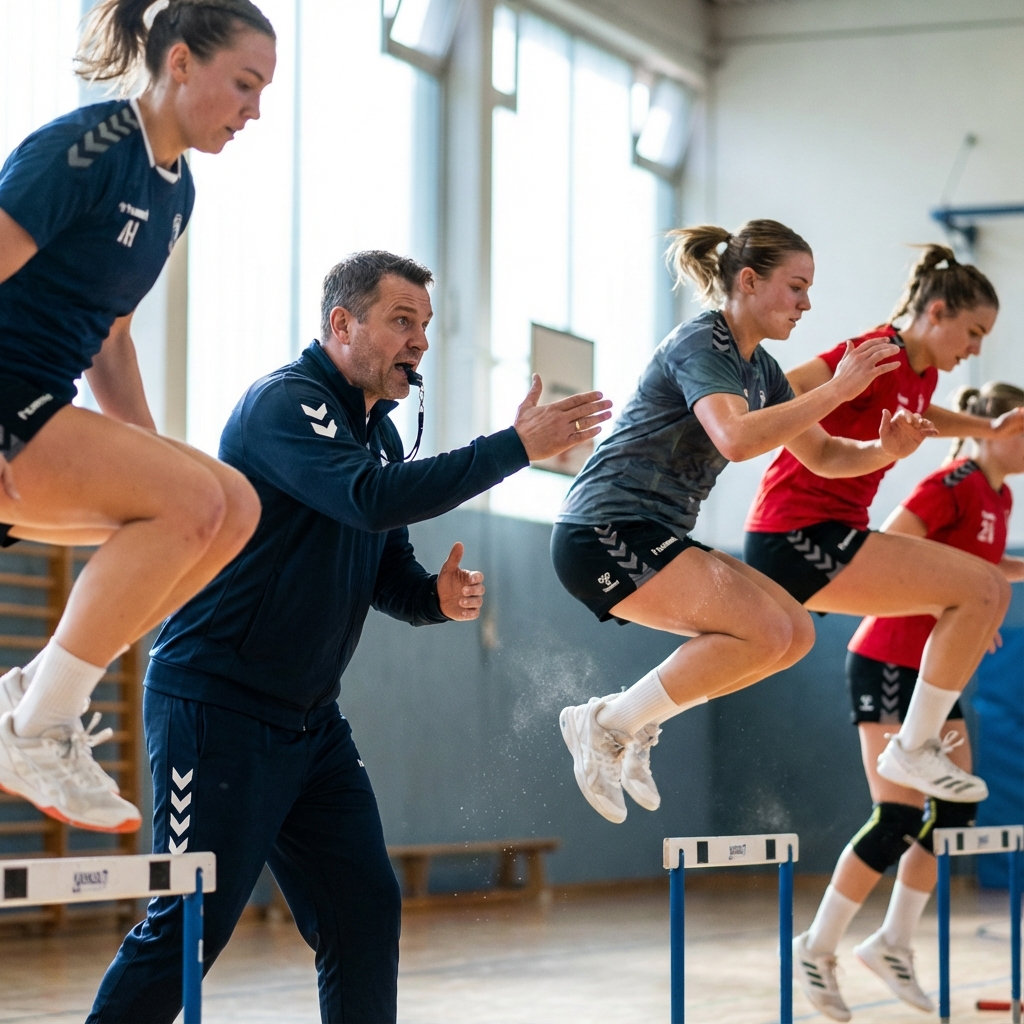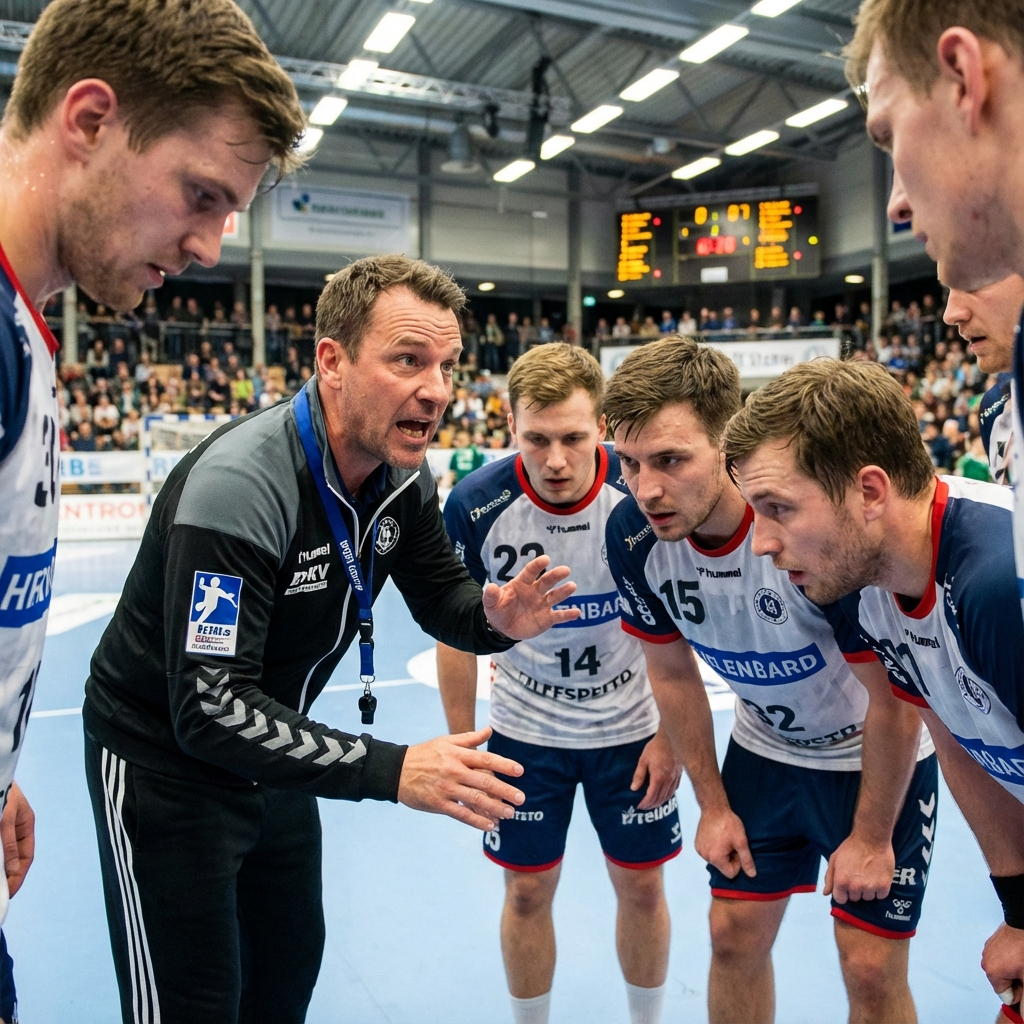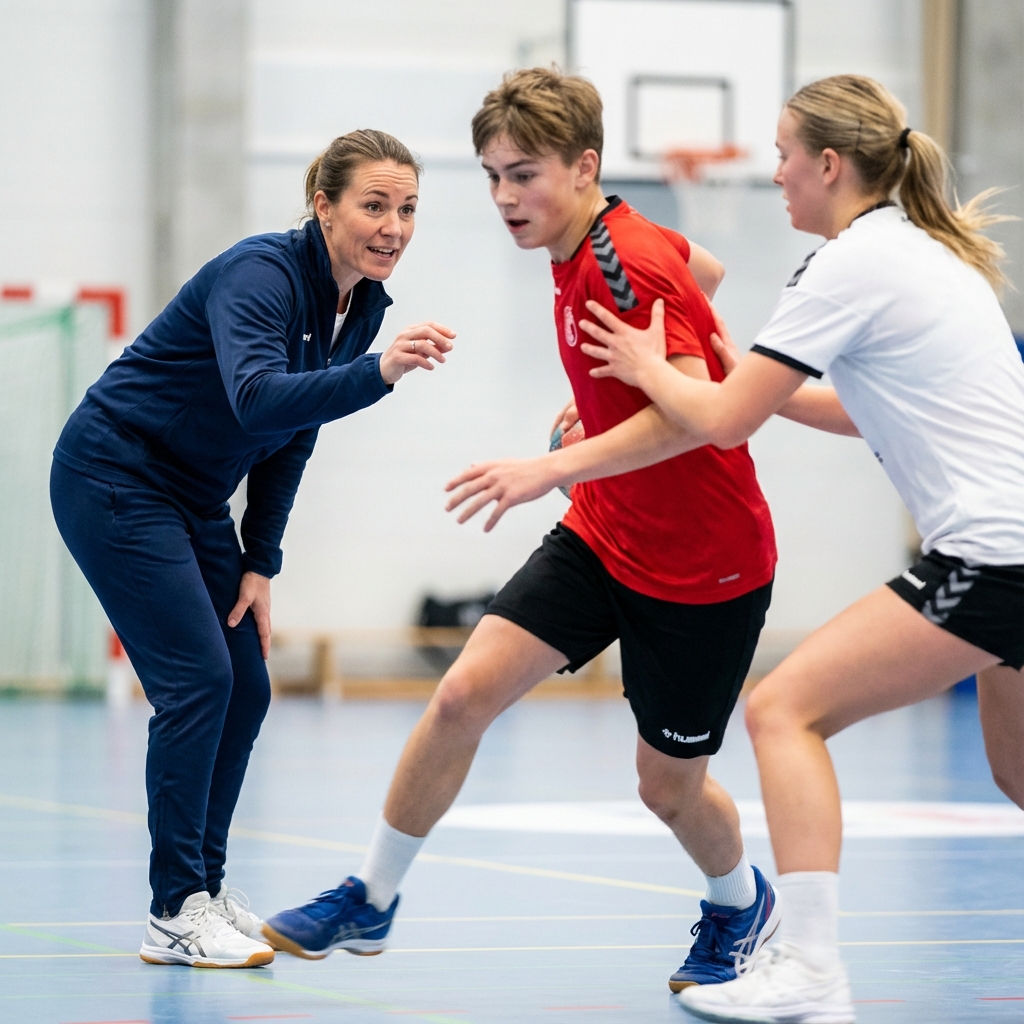Following the England cricket team's humiliation at the hands of Australia, and with the ongoing fallout over England's Ashes debacle continuing this week, team cohesion (or lack of it) has been thrust into the coaching spotlight.
 |
| Kevin Pietersen, image by Andrew Sutherland |
Many have pointed to Kevin Pietersen's failure as a "team player" as just one of the reasons for failure, with Graeme Swann believed to be referring to the South African-born batsman when he said that some players were "up their own backsides". Since then, Swann has said that he spoke to Pietersen to assure him that the comment wasn't made about him, with Pietersen saying that he knows "exactly who he was talking about", putting the England squad's relationship with each other under more scrutiny.
It is not the first time that team cohesion has been in the spotlight. A more positive example is the successful 2004 Boston Red Sox team, who won World series for first time in 86 years. Built on team cohesion, the club rallied around the mantra of "Why not us", a simple question that asked the team why they could not become World Series Champions. Pitcher Curt Schilling, who came up with the mantra, bought each member of the team a t-shirt with that slogan as the start of the season, and the team were still wearing this during the end of season play-offs. During the season, star player Nomar Garciaparra was unhappy with the team and threatened to sit out the rest of the season, something that caused huge distraction in the locker room. With talks trying to resolve the situation failing, the Red Sox traded Garciaparra from the team for a player of lesser skill, but someone who would fit in the team better. The rest, as they say, is history, with new player Orlanda Cabrera fitting in seamlessly with the club, and the Red Sox going on to win the World Series.
Talent wins games, but teamwork and intelligence wins championships.
Michael Jordan
With all this in mind, what can be done to improve team cohesion?
Coaches are always looking into ways of making their team more cohesive, particularly when coaching a lot of new players. There are five key concepts that coaches should know:
1. Team dynamics: Look at the relationships between players, not just their ability. While having talented players will obviously give a team more chance of winning, as mentioned above, it is not always talent that equals success. Team dynamics is a common factor in successful teams, and it refers to the relationships between players, including their role understanding, acceptance and commitment.
 |
| David Beckham, image by Caleb Williams |
2. Leaders: Every successful teams needs a leader, particularly on the court or field as the coach can only do so much from the sidelines. That is why it's so important to find leaders in your team, whether you select a captain yourself or have your team members vote for who should take the role. Once selected, it is extremely important to develop the captain in this role, making sure they know what it takes to lead a team. They need to communicate effectively with fellow players, and be able to motivate the team. Football David Beckham is a great example of someone who leads their team, not just because of the fact he wears the captain's armband, but his performances reflect the fact that he is a leader, and players will look to these leaders to produce something special.
3. Cohesion: While team cohesion is extremely important, and you might think having everybody get along is the best possible state for your side to be in, but that is not always true. Of course you don't want your players to be arguing with each other and fighting, but often some conflict can lead to better trust. If a team is too close and comfortable, the fact that they are very pally can often mean players won't want to criticise others for fear of upsetting them, but sometimes players need to put their honest points of view across to help the team be successful (take ex-Manchester United player Roy Keane for example).
4. Team chemistry: As mentioned before with the example of the Boston Red Sox, team chemistry can play a huge part in success. Results donât just come from having the best players in each position, it often comes from these players "clicking" and working well together. Every team will have itâs star players, but what most wonât be aware of is the "underrated" players, those that get the dirty work done away from the spotlight, meaning it is important to have the right balance on the road to success. What people donât look at when choosing teams is chemistry, and instead look at who are the best players. Coaches should be looking at whether players get on and work together well on the pitch. Itâs not necessarily about picking the right players, but picking the right partnerships.
5. Failure: Every team will go through some sort of failure at some stage. This will lead to stress, adversity and frustration, and good coaches will always be prepared for this. Plans should be in place before the season even begins to cover how you will deal with motivating players when the going gets tough. What is your plan if you have a run of tough games? What happens if the team is hit by injuries? What is your plan to motivate players rather than allow them to wallow in self pity? These are all questions you should already have the answers to, and these will help steer your team on the right path to success.
Take a look at the related content below to see drills that can help improve your team's cohesion
Top image copyright Ed Boyden
Related Content
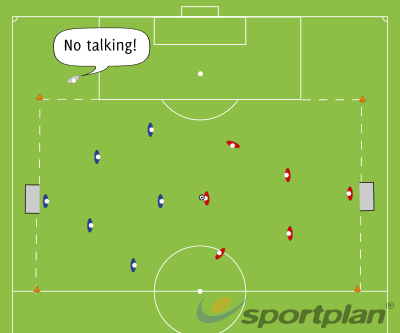 |
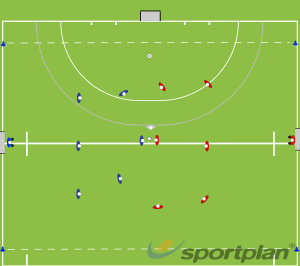 |
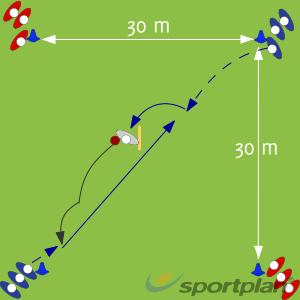 |
|
|
|



